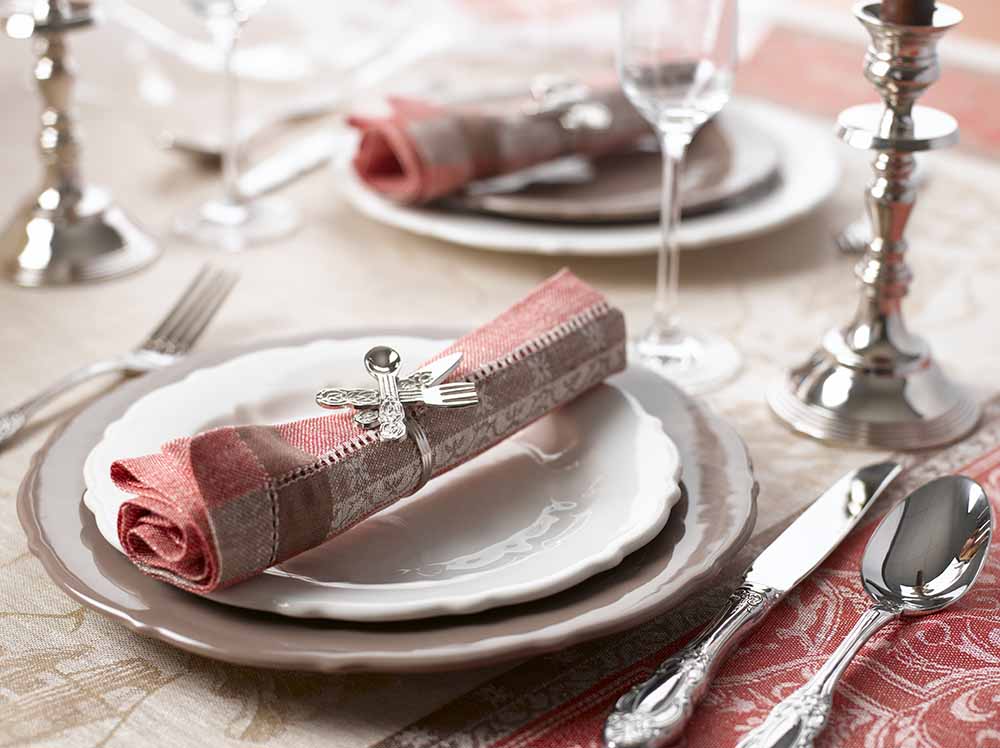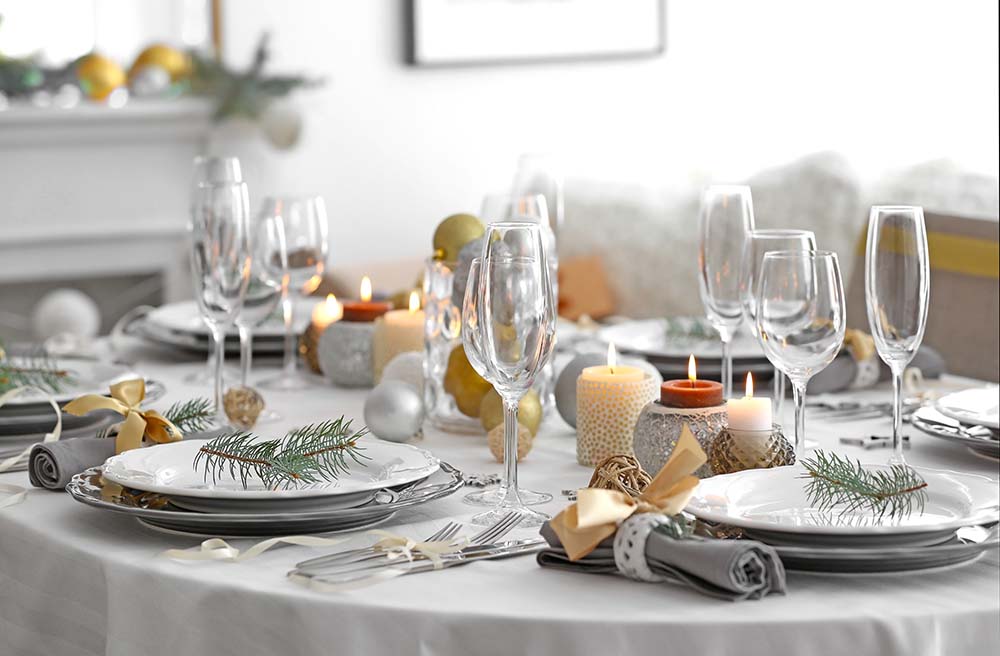Setting a table is an essential part of any dining experience, whether it's a casual family dinner or an elegant formal event. A well-laid table not only makes the food look more appealing but also sets the tone for the entire meal. While it may seem like a daunting task, learning how to set a table is not rocket science. In this blog post, we'll provide a step-by-step guide on how to set a table for any occasion.
Importance of Laying a Table
Laying a table is an essential part of hosting a dinner party. It not only adds an aesthetic appeal to the meal but also helps to set the tone for the entire event. A well-laid table makes the guests feel welcome and sets the expectations for the meal ahead. It also helps to avoid confusion and chaos during the meal, as each guest knows where their utensils and dishes are placed.

How to Set up a Table
Before setting up a table, it's important to have a clear idea of the occasion and the number of guests. Start by selecting the tablecloth, napkins, and placemats that suit the occasion. Next, place the dinner plates in the centre of each setting, followed by the salad plates and soup bowls. Utensils should be placed in the order they will be used, with the outermost utensil being the one used first. Drinking glasses should be placed on the right-hand side of the setting, with the water glass closest to the plate.
How to Set up a Casual Table
A casual table setting is perfect for a relaxed and informal meal. Start by laying a simple tablecloth or placemats and adding a set of casual dinner plates. Utensils should be placed in the order they will be used, with the fork on the left and the knife and spoon on the right. A water glass and wine glass (if needed) can be placed on the right-hand side of the setting.
How to Set up a Formal Table
A formal table setting is perfect for special occasions such as weddings, anniversaries, and formal dinners. Start by laying a crisp white tablecloth and adding a set of elegant dinner plates. Utensils should be placed in the order they will be used, with the salad fork on the left and the dinner fork to its left. The knife should be placed to the right of the plate, with the blade facing inwards. Dessert utensils can be placed above the plate. Water glass, wine glass, and champagne glass should be placed on the right-hand side of the setting.
Finishing of a Table Setup
Once the table is set, it's time to add the finishing touches. Fold the napkins and place them in the centre of the dinner plate or on the left-hand side of the setting. Add a centrepiece that complements the occasion, such as flowers, candles, or a fruit bowl. Place name cards or a seating chart if needed and ensure that there is enough space between the settings for guests to comfortably enjoy their meal.
Things to Avoid While Setting a Table
While setting a table, there are a few things that one should avoid. Firstly, avoid overcrowding the table, as it can make the guests feel uncomfortable. Secondly, avoid using scented candles or flowers, as they can interfere with the aroma and taste of the food. Lastly, avoid placing utensils haphazardly or using mismatched dinnerware, as it can detract from the overall aesthetic appeal of the table.

Expert Tips on Setting a Table
To take your table setting skills to the next level, here are a few expert tips to consider:
1. Use charger plates: Adding charger plates to your table setting can elevate the overall aesthetic appeal of the table and create a more sophisticated look.
2. Invest in quality dinnerware: Good quality dinnerware not only looks great but also lasts longer and can save you money in the long run.
3. Incorporate texture: Adding texture to the table, such as a patterned tablecloth or textured placemats, can add visual interest and depth to the table setting.
4. Don't forget about lighting: Lighting can have a significant impact on the overall mood and atmosphere of a meal. Consider adding dimmer switches or candles to create a warm and inviting ambience.
Conclusion
Setting a table for any occasion may seem like a daunting task, but it's an essential part of creating a memorable dining experience. Whether you're hosting a casual family dinner or an elegant formal event, a well-laid table can set the tone for the entire meal. By following these basic table setting rules and expert tips, you can create a beautiful and welcoming table setting that will impress your guests.
FAQs
What is the difference between a casual and formal table setting?
A casual table setting is more relaxed and informal, whereas a formal table setting is more structured and traditional.
Can I use paper napkins for a formal dinner party?
While paper napkins are more convenient, they are not suitable for a formal dinner party. Instead, opt for cloth napkins that complement the occasion.
How many utensils do I need for a formal table setting?
A formal table setting typically includes a salad fork, a dinner fork, a knife, a soup spoon, a teaspoon and a dessert fork and spoon.
Can I use different types of glasses for a formal table setting?
It's best to stick to the same type of glass for a formal table setting. However, if you need to serve multiple types of drinks, you can use different glasses but ensure that they complement each other.
How do I ensure that my table setting is not too crowded?
Leave enough space between the settings for guests to comfortably enjoy their meal. A good rule of thumb is to leave at least 24 inches of space between each setting.